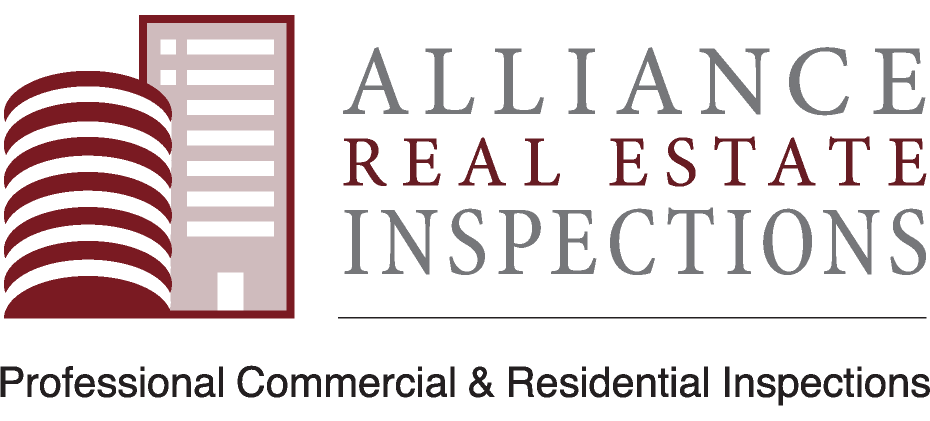Due to a rise in deaths from pool-related drownings, the state of California has enacted new regulations. The inspectors at Alliance Real Estate Inspections have always included pool safety enclosure issues as part of their findings. Now, this inclusion of notes is written into law. Even if the inspectors are not inspecting the pool, they are required to comment on safety enclosure deficiencies, since it is a safety concern.
Following are excerpts from the Standards of Practices of the BUSINESS AND PROFESSIONS CODE – BPC DIVISION 3. PROFESSIONS AND VOCATIONS GENERALLY [5000 – 9998.11 ( Heading of Division 3 added by Stats. 1939, Ch. 30. ) and CHAPTER 9.3. Home Inspectors [7195 – 7199] ( Chapter 9.3 added by Stats. 1996, Ch. 338, Sec. 2. ) that Alliance has always followed:
Section 7195(a): ‘“Home Inspection” is …designed to identify material defects… (b) A “material defect” is a condition that significantly effects the value, desirability, habitability, or safety of the dwelling.’ A “material defect” is a condition that significantly affects the value, desirability, habitability, or safety of the dwelling. Style or aesthetics shall not be considered in determining whether a system, structure, or component is defective.
(c) A “home inspection report” is a written report prepared for a fee and issued after a home inspection. The report clearly describes and identifies the inspected systems, structures, or components of the dwelling, any material defects identified, and any recommendations regarding the conditions observed or recommendations for evaluation by appropriate persons. In a dwelling with a pool or spa, the report shall identify which, if any, of the seven drowning prevention safety features listed in subdivision (a) of Section 115922 of the Health and Safety Code the pool or spa is equipped with and shall specifically state if the pool or spa has fewer than two of the listed drowning prevention safety features.

Requirements for new residential dwellings are more stringent, but older structures should have at least the basics. Here are the 8 standard pool enclosure requirements that inspectors use as a guide:
- An enclosure that isolates the swimming pool or spa from the private single-family home.
- Removable mesh fencing that meets American Society for Testing and Materials (ASTM) Specifications F2286 standards in conjunction with a gate that is self-closing and self-latching and can accommodate a key lockable device.
- An approved safety pool cover.
- Exit alarms on the private single-family home’s doors that provide direct access to the swimming pool or spa. The exit alarm may cause either an alarm noise or a verbal warning, such as a repeating notification that “the door to the pool is open.”
- A self-closing, self-latching device with a release mechanism placed no lower than 54 inches above the floor on the private single-family home’s doors providing direct access to the swimming pool or spa.
- An alarm that, when placed in a swimming pool or spa, will sound upon detection of accidental or unauthorized entrance into the water. The alarm shall meet and be independently certified to the ASTM Standard F2208 “Standard Safety Specification for Residential Pool Alarms,” which includes surface motion, pressure, sonar, laser, and infrared type alarms. A swimming protection alarm feature designed for individual use, including an alarm attached to a child that sounds when the child exceeds a certain distance or becomes submerged in water, is not a qualifying drowning prevention safety feature.
- Other means of protection, if the degree of protection afforded is equal to or greater than that afforded by any of the features set forth above and has been independently verified by an approved testing laboratory as meeting standards for those features established by the ASTM or the American Society of Mechanical Engineers (ASME).
The bottom line is that identifying and noting any deficiencies on pool enclosures, as well as recommending good child safety measures, falls on the property inspector.
